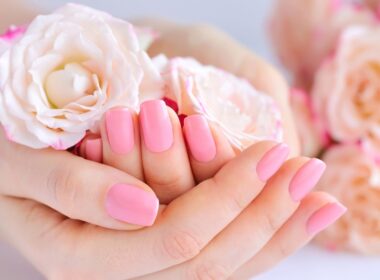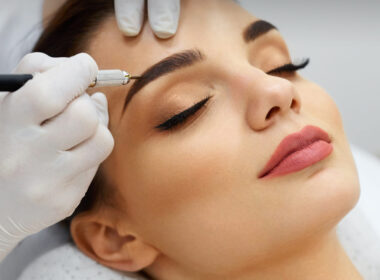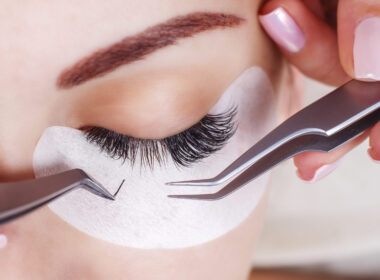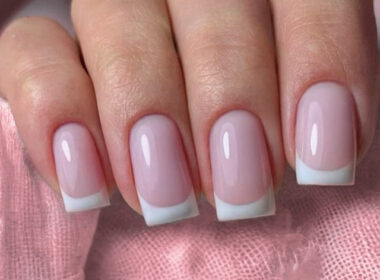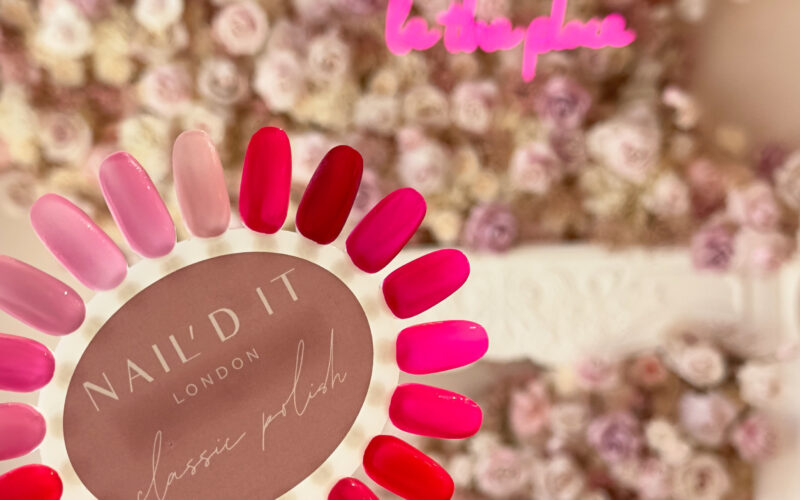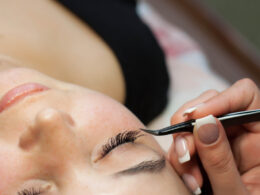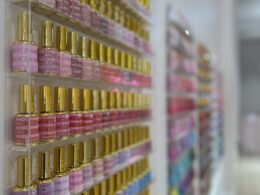Maintaining healthy nails can be a challenge, especially when experimenting with gel manicures. Whether you’re new to the world of nail care or a seasoned veteran, it’s important to understand proper techniques and products for maintaining strong and healthy nails while using gel polish. Luckily, here in Pasadena, there are plenty of quality options when it comes to choosing between regular polish and gel polish – but how do you know which one is right for you?
What is the difference between gel and regular polish and what effect do they have on nail health?
Discover the key differences between gel and regular polish compositions. Regular polish contains acetone, nitrocellulose, and plasticizers, while gel polish features acrylic monomers and oligomers. Gel polish relies on UV light for drying, while regular polish air-dries.
Both types of polish have an impact on nail health. Regular polish can dehydrate nails, making them brittle and dry. Improper removal or extended wear of gel polish can lead to nail damage.
Maintain healthy nails while using polish with these tips: limit the duration of polish on nails, apply a protective base coat, and moisturize with cuticle oil.
While regular polish is easier to apply and remove, gel polish offers durability and long-lasting results. Gel polish can resist chipping and fading for up to two weeks, while regular polish typically lasts one week. Note that only regular polish can be easily removed at home, while gel polish necessitates a visit to the nail salon.
Advantages and Disadvantages of Gel Polish
Gel polish has become quite popular over the years due to its durability and long-lasting effects. However, just like any other nail polish, gel polish comes with its advantages and disadvantages.
Advantages of Gel Polish
1. Long-Lasting Effects:
The most significant advantage of gel polish is its long-lasting effects, saving you the need to repaint your nails often. Typically, gel polish can last for an average of two weeks without chipping or peeling off. This long-lasting effect makes it ideal for those who don’t have the time to visit a salon often or people who love to portray a polished look for longer periods.
2. Quick-Drying Process:
Compared to other types of nail polish, gel polish dries faster. The curing process involves putting your nails under a UV lamp, hardening the polish and leaving it dry. This quick-drying feature makes it an excellent option for people with busy lifestyles, who don’t have the time to wait for their nails to air-dry.
3. No Smudges:
Unlike other types of nail polish that can ruin your look with smudges and smears, gel polish dries hard, with no need to worry about smudging while you go about your daily activities.
Disadvantages of Gel Polish
1. Cost:
Compared to regular nail polish, gel polish can be costly. It’s often more expensive due to its long-lasting effects and extra steps involved in the application process. Additionally, there is also the cost of investing in a UV lamp. This additional cost might be an issue for those on a tight budget.
2. Removal Process:
While gel polish is known for its longevity, the removal process can be tedious and time-consuming. Since regular nail polish remover cannot dissolve gel polish, a removal process involving soaking your nails in acetone for a bit can weaken and damage your nails over time, making them brittle.
3. Application Process:
Applying gel polish is more time-consuming compared to regular nail polish. You have to apply a base coat, two layers of polish, and a topcoat layer. Also, the curing process requires the use of a UV lamp, meaning that you either must invest in one or go to a salon for the application process.
Advantages and Disadvantages of Regular Polish
In the world of manicure and pedicure, regular polish remains a popular choice for those looking to refresh their look without the commitment of gel nails.
Advantages of Regular Polish
1. It’s affordable:
Regular polish remains one of the most affordable options for a fresh manicure or pedicure. If you’re someone on a budget or looking for ways to cut back on expenses, regular polish can help you save.
2. Easy to apply:
Unlike gel nails, regular polish is easy to apply at home without professional help. All you need is the polish and a good base coat. You can easily find tutorials online or follow the instructions on the bottle for a beautiful finish.
3. Variety:
Regular polish is available in a wider range of colors compared to gel nails. You can choose from different finishes, textures, and shades to match your style and mood.
Disadvantages of Regular Polish
1. Chip more easily:
Regular polish doesn’t last as long as gel nails and is more likely to chip or peel. If you want a manicure that lasts for weeks, regular polish may not be the best option.
2. Longer drying time:
Regular polish takes longer to dry compared to gel nails. You’ll have to wait for at least 30 minutes for your nails to dry completely, and even then, you’ll need to avoid touching anything for fear of smudging your fresh polish.
3. Prone to bubbles:
Regular polish is prone to bubbles, which can affect the overall finish of your nails. You’ll need to apply the polish carefully and avoid shaking the bottle too much before use.
Keeping Nails Healthy Regardless of Polish Type
Your nails may be suffering from frequent trips to the nail salon, exposure to chemicals, or improper care. Don’t fret! There are simple ways to maintain attractive nails, regardless of your polish preference.
Just like your skin, proper hydration is crucial for nail health. If you frequently come into contact with chemicals or water, invest in high-quality nail oil or lotion to keep your nails in top condition. Massaging a few drops of nail oil into your cuticles and nails daily will help moisturize and nourish them. A good moisturizer will also safeguard your nails from damage and irritants in the environment.
When removing polish, avoid harsh scrubbing. Instead, use a gentle nail polish remover and apply it with a cotton pad, gently pressing it onto each nail. Allow the polish to dissolve, then slide the cotton pad across the nail. Scrubbing can cause unnecessary harm, leaving your nails and cuticles dry and brittle.
Though it may be tempting, refrain from painting your nails every day. Giving your nails a break between polishes is essential for healthy growth. Use this break to moisturize and nourish your nails with hydrating oils, allowing them to recover before your next manicure.
Not all nail polishes are equal. Invest in high-quality polish that is free from harsh chemicals like formaldehyde, toluene, and dibutyl phthalate. These chemicals can lead to yellowing, brittleness, and weakness over time. Look for polish containing nourishing ingredients like keratin, calcium, and vitamin E to strengthen and protect your natural nails.
Remember, nail health is connected to your overall body. A balanced diet rich in vitamins and minerals, such as calcium, biotin, and iron, can naturally fortify your nails. Additionally, staying hydrated, and keeping your hands and feet clean and dry will help you maintain beautiful and strong nails.
Take charge of your nail health today and enjoy stunning, resilient nails for years to come.
Conclusion
When deciding between gel polish and regular polish, it can be a difficult choice to make. Both options have their own advantages and disadvantages, depending on the user’s preferences. However, if you prioritize the health of your nails, then gel polish might be the better option for you. Gel polish offers longer-lasting results, as it doesn’t require filing for removal and provides additional protection against dirt and water.
When making your decision, it’s important to take into account your lifestyle, personal preferences, and individual needs. Additionally, it’s recommended to carefully read the product labels to understand the chemicals involved in each type of polish. It’s crucial to remember that brittle nails can be caused by nutrient deficiencies, so it is important to maintain a balanced diet to support healthy nail growth.
Finally, it is always a good idea to pay attention to your body’s signals and choose a nail treatment that brings both you and your nails happiness. Taking all these factors into consideration will help you make an informed decision and ensure that you choose the right type of nail treatment for your needs and preferences.

